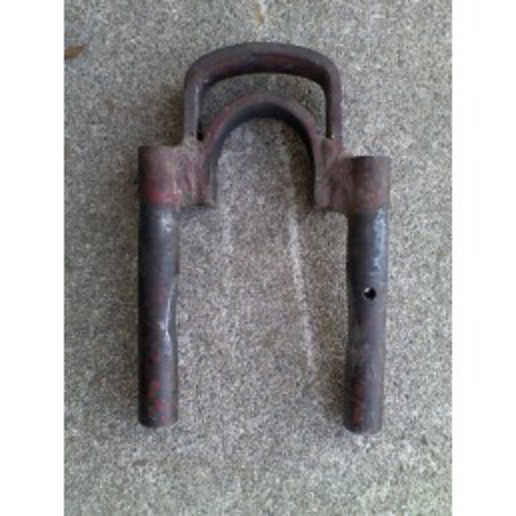mike1972chev
Well-known Member
Hey guys,ME again.
I am in the process of making a "fine adjuster" for the swinging drawbar my Super M to help "tweak in" the draft on my #16 plow for plow day and was wondering: What is the FULL purpose of this thing? Is there a situation you would just EVER let it swing freely and NOT have it pinned solid?
I have not really used it for anything other than my 2" trailer ball and car trailer so far(pinned solid in the center position) and I was betting some of you "senior"/"more wiser" gentlemen on this forum could tell"novice" me ALL of the different uses,scenarios that the swinging effect helps in different implements and different situations?
I am in the process of making a "fine adjuster" for the swinging drawbar my Super M to help "tweak in" the draft on my #16 plow for plow day and was wondering: What is the FULL purpose of this thing? Is there a situation you would just EVER let it swing freely and NOT have it pinned solid?
I have not really used it for anything other than my 2" trailer ball and car trailer so far(pinned solid in the center position) and I was betting some of you "senior"/"more wiser" gentlemen on this forum could tell"novice" me ALL of the different uses,scenarios that the swinging effect helps in different implements and different situations?


